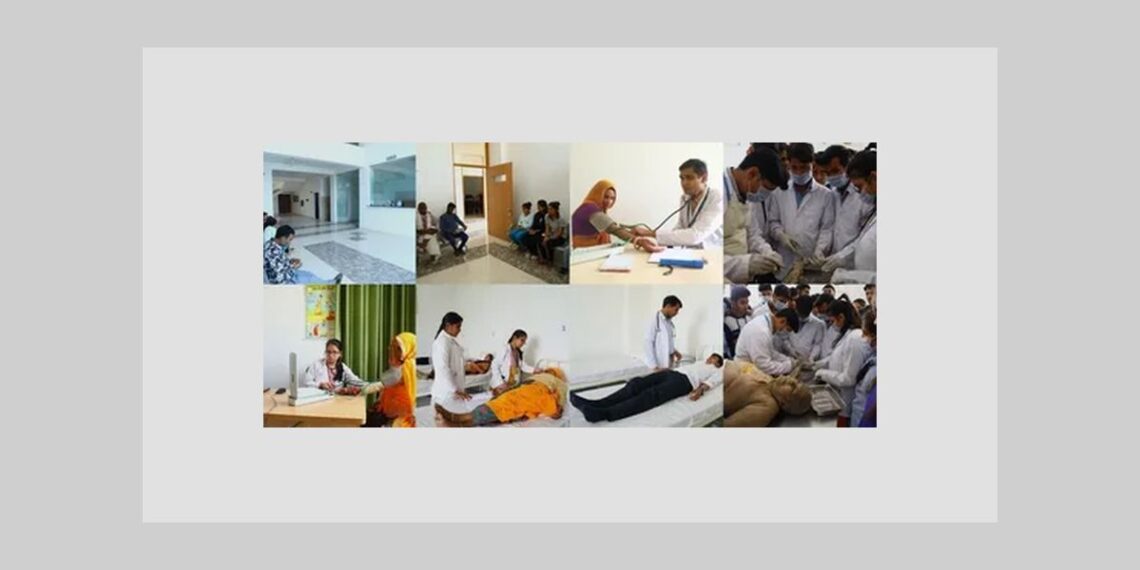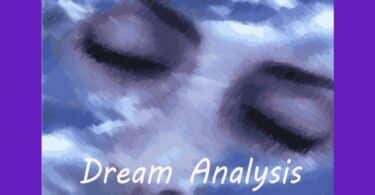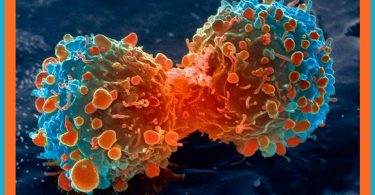Introduction:
This is the experience of how our NGO in the field of homeopathic education, health service and research was created. The journey began from the inception of the concept of an NGO to issues that it faced in the process of growth: diversification in various areas of human resources, strategic management, marketing and knowledge management. The growth was in terms of manpower, infrastructure and networking; the diversification was in terms of application in community empowerment, partnership models and formal post graduate education. The conflicts, stresses and solutions that were faced in this journey have been shared for better learning.
The beginning:
It began in 1975 when the founder, Dr. M.L. Dhawale, propounded the concept of “Standardization of Individualization“, a concept that was and still remains totally alien to the practitioners of the science of homeopathy. It means standardization of the procedures that guide a homeopath in his clinical functioning. Yes, standardization is a paradox, an apparently unacceptable or irreconcilable phenomenon to most of us since each homeopath functions in his own individualistic way.
The second concept introduced was that of “Tri-Coordinate Care“, i.e. simultaneously taking care of the patient in all aspects, and the education of the homeopathic physician-learner who is a part of the process of patient-care, and thus erecting the edifice of knowledge that emerges from this process of clinical care and learning. The knowledge is utilized in the development of the self, the system and the community. These twin concepts form the bedrock on which the students of Dr. M L Dhawale founded the charitable trust in his memory, seeking to propagate his philosophy and thus influence the homeopathic world.
The first step:
The first challenge was to identify and meet the needs of the community while exploring the scope and limitations of homeopathy as a bedside science. There existed an urgent need to serve the underprivileged community of tribals and hence Palghar, a tribal dominated area about 100 km north of Mumbai seemed an ideal location to commence clinical activities. The first charitable clinic began in 1989. In 1991, the group took up a challenge of managing a maternity hospital in the urban slums of Malad, Mumbai which helped us gain hands-on experience of the demands of in-patient care. This required equipping oneself with essential knowledge and clinical skills, and developing an aptitude and capacity to manage an institution – something beyond the skills of a regular homeopath. The group was able to realize the demand this venture entailed and the endeavor was successful.
The learning:
TEAM – Together Everyone Achieves More
In time we found that helping the community requires that one not only understands the demands of the community, but also realizes the demands of the self as an individual and as a team member. The founding trustee board decided to expand operations by forming the Governing Council (GC) with the condition that each member was a homeopath who practiced the philosophy for which the institute stood. Each member was allotted one area of operation, all of which were identified as critical for propagating the philosophy of health services. A team of five members individually chose to work as full timers within the institute and devote themselves to the development of the hospital. They even took the relevant training required to upgrade their skills and knowledge in those particular areas.
The setback:
The institute has an in-house programme of evaluation (MICR) that confers membership of the Institute. Anyone who wishes to hold positions of responsibility and become a member of the Governing Council is required to qualify. When these five members attempted this exam, only one passed! Deeply disappointed some of them quit and left – and the Trust was left with several vacuums to fill. While the expansion was continuing on full scale along with opening of peripheral clinics and the running of mobile clinics, it was urgent to have manpower to reach the population. We were losing key people, and the only choice was to induct new people which began in full earnest.
Expansion plans:
The local population needed cost-effective yet comprehensive health care. Hence the GC felt the need for a hospital providing the required facilities. But this would not be possible individually; it required a collective effort to achieve this dream. The government provided the land, but funds were needed. The members of the GC, highly motivated through several management training retreats and emboldened with a common vision, took it upon themselves to raise the money. Rupees thirty lakhs (3 million rupees) was mobilized to begin the hospital construction at Palghar.
Steady development:
Supported by the government of India and assisted by Share and Care Foundation, USA, we consolidated the tribal healthcare network with mobile clinics, village clinics, and a community health centre and referral hospital, where homeopathy was the primary alternative treatment option. The trust was also recognized for its contribution to the field of education and was thus granted permission to start a postgraduate course without the necessary undergraduate set up. Subsequently, the third Trust Hospital after Malad and Palghar, was inaugurated in Pune. The Central Government Health Ministry formally launched the Rural Mother-Child Health Care Project where the trust was given charge of primary health care services for the government at the taluka level in two districts – Thane and Baroda. For the first time India the Dept of AYUSH, Govt .of India, State Govt. of Gujarat and a homeopathic institution jointly agreed to implement a program for mother and child at a taluka level.
Reality of growth:
The growth was fast, as now a self-governed organization was moving into community services that needed competencies not available within the organization. Each member of the core group was working very hard, with great demands on their time and resources. Some were pressured into leaving due to family or other personal constraints. New members were inducted but they did not seem ready to work as hard or serve with the same intensity as the core group. The latter, unfortunately, had hardly any time to train these new entrants in the values and attitudes necessary for such commitments. However, donors continue to have faith in the commitment of the core group, with one philanthropist donor agreeing to fund a community health care project in Miyagam, Karjan in Vadodara district in Gujarat which included a Homeopathic Hospital and undergraduate college that would serve about 93 villages! The cost of this venture would be Rs. 12 crores (120 million rupees).
Clearly now, the demand was getting on the group. They had to move into top gear to work for setting up this new project. The local team which was closely knit, and under pressure to perform, started showing cracks of faith, intentions, and ambitions within – issues that we did not expect would affect the institute. At the same time, work had to continue at the same high standard and demanding pace. It was time to move out of the box of being homeopaths to community based and focused organizational members.
The reality of managing from a distance and coping with expanded demands required that we train and mentor an extended group of homeopaths along with others which would now require expertise from those trained in Organizational Development (OD) and Human Resources (HR).
Our hope was that our early batch of MD postgraduates would share the same values of community service. But that turned out to be wishful thinking as our experience of their interpersonal dynamics revealed issues of power struggle, bickering, dissatisfaction and needs related to material satisfaction. This resulted in a conflict between personal status, versus the community’s demand for healers. These issues are a reality in any organization in the world of today, including ours.
The transformation:
Earlier, Human Resources (HR) and Organizational Development (OD) consultants helped members of the core group through a series of retreats, and SWOT analysis to envision the mission that helped them to arrive at the mission statement:
“To achieve excellence in integrated homeopathic medical care, education and research in order to promote positive health in a cost effective manner”
These interventions also allowed introspection and reflection about one’s life and involvement as an individual in an institution. The need for transparency about feelings, intentions, and attitudes as members of a team was revealed. The need to transform one’s ambitions to align with those of the institution yet allowing for individual growth, channelizing one’s energies, managing stress and time, etc. became obvious.
With all these tumultuous internal happenings that were threatening to tear apart the group, the OD consultants also produced a dossier detailing the trends worldwide related to health care and related issues for the group members to cogitate and reflect upon. The idea of being a brand that could be replicated in various other homeopathic institutions and hospitals as an identity, was another aspect that was put forward for consideration. All this was opening up vast vistas of travel, forcing almost a revolutionary way of looking at ourselves, our work and the impact we were having on others.
Issues to be addressed were communication, coordination, teamwork, administration, technologies, education, training, career planning, services and operations of various units now dispersed geographically. Earlier, Dr. ML Dhawale had taught us care of the patient, care of self and care of professional development in clinical, educational and research work. Now we were learning another dimension of care, the care for the SYSTEM that was responsible for the smooth growth and functioning of the individual, the teams and finally the organization.
This journey has given us many insights into the difficulties and benefits of individual versus institutional interaction that is an inherent part of organizational development. An effort was required to accommodate each other, understand each other and support each other. The core philosophy and the systems bind us all. This is similar to a family, but the making of an organization involves different dynamics. The learning comes from experiences and examining the areas of positive and negative impacts on each individual in this process of institutional development.
Analysis of the journey:
Through OD and HR processes, we developed an understanding of the path that our organization had traversed which would help and support the journey ahead. We realized how our experience had both positive and negative impacts.
The positive impacts included:
– Growth of the individual through a progressive identification from the concerns about self concerns, institution concerns, organization concerns, concerns about society
– Dispersed accountability – Core group; functioning GC; Working groups and heads
– Inspiring Vision around which the total organization was able to channel its efforts and where results were, in large measure, attained
– Transition from an inward looking, insular outlook to highly networked functioning
– Improvement in educational systems and practices
– Ability to grow into a large organization predominantly with young people without the carrot of financial gain, but triggered by other motives of – learning, service, personal and professional growth
– Tremendous goodwill from varied sectors due to their appreciation of our commitment and service, which significantly reduced the need for resorting to unsavoury means in today’s world
We also identified areas of future research of our organizational aspirations:
– Tackling the often conflicting issue of maintaining harmony with growth
– Dilemma of freedom for the individual versus alignment with organizational goals
– Motivation – the non material force that continues to bind people
The challenges we find that need to be overcome for the future are:
– How to reduce levels of stress
– How to overcome illness and poor health
– Appreciating how to balance work, family and self
– How to retain manpower
What we learned:
We learned that crucial in building the power of the organization were the roles of appropriate HRD and OD interventions. They taught us the importance of open communication systems and its value in development of a value based organization. We learnt to capitalize on people’s strengths while making their weaknesses as irrelevant as possible. It was vital that there were full time core members for building up an organization based on systems. The members collectively shared a common vision which was the power behind the sustenance and growth of the organization. In all this, the tool of ‘Open Systems Planning’ was a useful OD method. There also had to be clarity of the mutual expectations of the organization and its members in order to reduce the overall stress on the system. Feedback and reinforcement was vital in the process of self awareness and growth of each member. Finally, systems of continual training and motivation were crucial to cope with the rate of growth of a value based organization.
While we developed dedicated batches of BHMS students and seek to inculcate our community centric values through our pursuit of integrated homeopathic medical education, we hope to reap a group of sincere, committed homeopaths for community service and further organizational development of the MLD trust. These homeopaths and other BHMS graduates will now be further supported in education for important aspects of organizational management specific to homeopathic patient care systems, through our very own management college. They will be on par with other management consultants but with specific focus on management of homeopathic health care hospitals. Yes, it is a spread of light and the MLD trust with the Integrated Homeopathic System of Medicine is going places!
Ref:
(Adapted from three conference presentations by Dr. Anoop Nigwekar at: Indian Institute of Management – Ahmedabad; Indian Institute of Management – Bangalore: and NM Institute of Management Studies, Mumbai. The Author is a homeopath and Member of Institute of clinical Research (MICR), he is HOD, Dept of Repertory, MLDMHI)
References:
Beckard, R (1982); Organizational development for Health Care Organization; in Marguilies, Adams Organizational Development in Health Care Organizations, Philippines: Addison-Wesley
Polvisk, M (1982); Structural Interventions for Health Care Systems Organizational Development; in Marguilies, Adams Organizational Development in Health Care Organizations Philippines Addison-Wesley
Shonk, J (1982); Improving Interdepartmental Coordination; in Marguilies, Adams Organizational Development in Health Care Organizations, PhilippinesAddison-Wesley
Dhawale, ML (1982): a) Continued homeopathic Medical Education: The ICR approach
b) Concept of Man and Homeopathic Medical Education
c) Integrated Homeopathic Practice
d) Philosophy and practice of Porfessional competence: the ICR way
e) Professional Education and Training: ICR Fellowship programme Mumbai
Dhawale ML ed (1994); ICR Symposium Volume on Hahnemanian totality, 2nd Edition, Mumbai ICR Symposium Council
Dhawale ML (2000); Perceiving 1; 2nd Ed; Mumbai: institute of Clinical research
Dhawale ML ed (1984); ICR Conference on Education- Action Learning Mumbai; ICR Mumbai Symposium Council.




